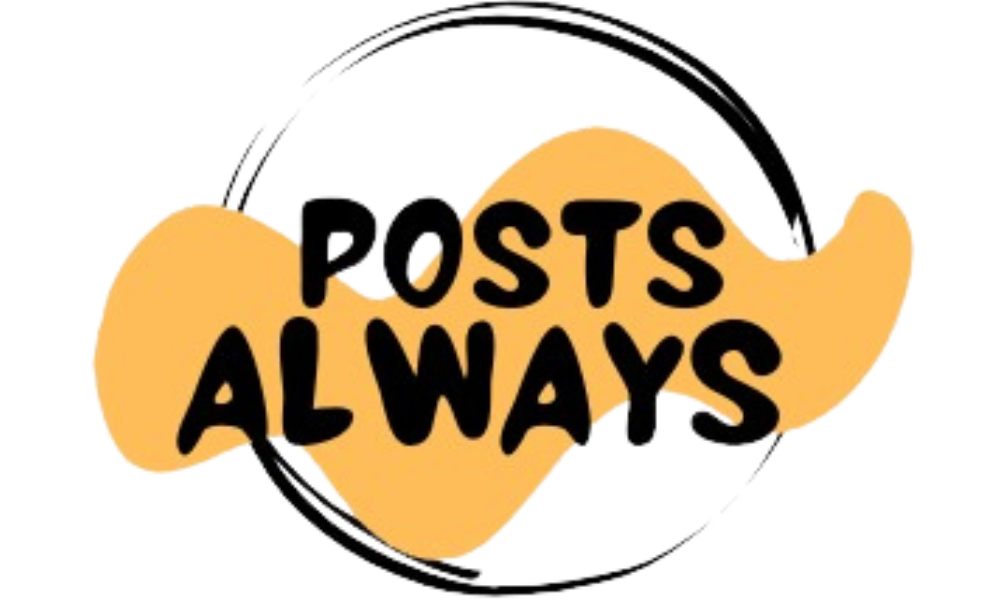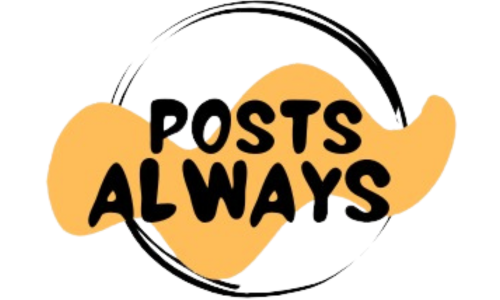Questioning what the distinction between the West Coast and East Coast swing types could be? Then allow us to let you know all about swing.
Swing dance is an brisk and bustling style that has a wealthy historical past, rooted within the vibrant music and dance tradition from the roaring 20’s to the 40’s. Swing is thought due to its dynamic actions and infectious rhythms, and encompasses a really numerous vary of types, every on with its distinctive aptitude and cultural affect.
In fact, each West Coast and East Value fall below the class of Swing Dance. Nonetheless, this dance has a myriad of distinct types (over 10), and there’s 4 of them that had direct influences on West and East swing. Let’s take a better take a look at every:
- Lindy Hop: This dance originated in the course of the 30’s, and is thought because of its high-energy nature. It options very “athletic” and acrobatic quick steps, and customarily leaves all spectators in awe. You gained’t be detached to it, and that’s for certain!
- Shag: It got here round in the course of the 20s, and have become widespread in the course of the 30’s. It has a Jazzy spirit and is danced to up-tempo.
- Balboa: This dance is carried out in a closed place and originated throughout a time with very strict social codes and restricted dancing areas. It doesn’t characteristic turns and spins, and there’s a relentless connection maintained between the dancers’ chests.
- Lindy Charleston: This model bears a resemblance to the Charleston dance of the 20’s. It encompasses varied positions, together with the jockey, side-by-side, hand-to-hand and tandem. All including depth and flexibility to this basic dance model.
So… what’s the distinction?
To distinguish them, we have to know each. Let’s begin with East Coast Swing, which is also called Jitterbug.
East Coast Swing:
As its identify implies, this swing has its origin primarily within the east coast, and is distinguished by its affiliation with jazz music and massive bands. Its additionally associated to the colourful New York Metropolis scene of the 40’s.
This model emerged from the Lindy Hop, which was the favored and predominant dance model of that second. East Coast was a response to the large demand of dance studios for a extra mainstream, approachable, and structured model of Lindy Hop (as a result of, as you may think, not everybody was capable of carry out such an acrobatic dance at nearly inhuman speeds), so East Coast Swing was designed for rookies.
Right here, the quick melodies of rock and massive bands dominate. This swing makes use of rock steps and has a pleasant vitality, which makes it a great wager for rookies, and, in a sure method, it positions it as an ordinary dance. Right here’s some good examples…
West Coast Swing:
Now for West Coast (or Western) Swing, which originated in California. It’s essential to notice that this model is carried out in a groove, and is taken into account a slower dance than the East swing.
Musically, west coast prefers gradual rock, in addition to blues rhythms. It could additionally favor nation music at instances. This swing could be seen as extra sensual when in comparison with its counterpart and emerged when the Lindy Hop dance began to say no.
In social dances, it’s widespread to seek out folks fusing components of each types, making a mix of East Coast and West Coast dance. This video showcases some actually enjoyable examples.
The tempo
As a normal “rule”, East coast Swing is danced to a quick tempo (between a BPM of 136 and 144), as follows its energetic nature and musical desire. Within the contemporaneous American Rhythm of this swing, dancers additionally carry out to the gleeful and vivacious pop music.
As for West Coast Swing, its enchanting elements embody that it is vitally versatile on the subject of selecting music. This dance model adapts itself gracefully to a myriad of music genres that go from the sensual hug of gradual blues to the contemporaneous vibes type hip-hop, the melodious harmonies of pop, music from the 40’s and even the twang of nation.
The tempo for this model varies significantly, however it oscillates in a BPM of 90-120 vary. One of many hallmarks of West Coast Swing is its robust emphasis on dancing in sync with the music, a top quality that performs a key function in successful West Coast Swing dance competitions.
Attaining this synchrony includes embodying the lyrics of the songs, skillfully combining dance strikes with musical pauses, and harmonizing physique actions with rhythmic beats.
A West Coast dancer should show a ‘dance chameleon’, adapting their model to the musical context and passing simply from sensual and gradual, to energetic rhythms.
The Primary Steps
In essence, East Coast Swing revolves round a dynamic interaction of rock steps and triple steps. What actually defines East Coast Swing is its inherent sense of rhythm, characterised by a vigorous bounce, sleek ups and downs, and a fascinating cadence.
Dancers infuse this model with an infectious burst of vitality, accentuated by energetic shakes and kicks of the legs and toes, together with the mesmerizing swaying of the hips in a pendulum movement. Lifting the knees between steps is a testomony to the exuberance of the dance and synchronizes completely with the colourful vitality of the accompanying music.
The muse of West Coast Swing is its elementary footwork, characterised by a rhythmic sequence of stroll, stroll, triple step, and triple step. You will need to notice that inside this sequence, the ultimate triple step has a particular designation because the “Anchor Step”.
What distinguishes West Coast Swing is its fluid and complex model, marked by a deep emphasis on associate connection, a eager sense of musicality, and precision footwork.
Wrapping it up…
Each East Coast Swing and West Coast Swing have carved out a distinct segment as satisfying and sociable dances, usually gracing the dance flooring of weddings, events, and vigorous bars. I enthusiastically encourage anybody to enterprise into the world of each dance types – do you will have a desire between the 2 and, if that’s the case, what attracts you to them? We’d love to listen to from you.
- In regards to the Creator
- Newest Posts

I studied diplomacy and legislation, however presently I’m following my deepest ardour which is being a author. I’ve expertise as a dancer in flamenco, stomach dance, and ballet, and it’s my pleasure to put in writing about dancing!



